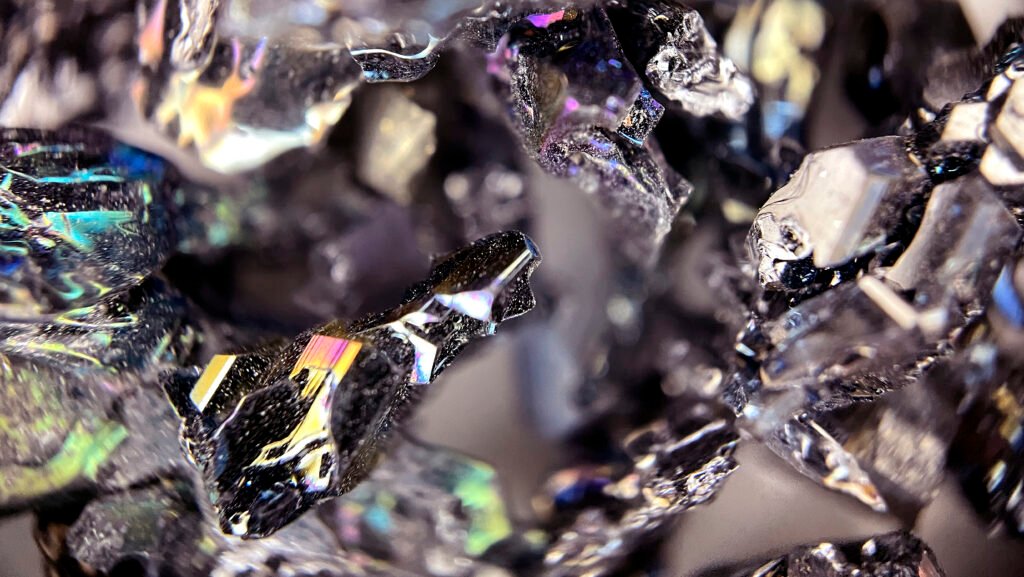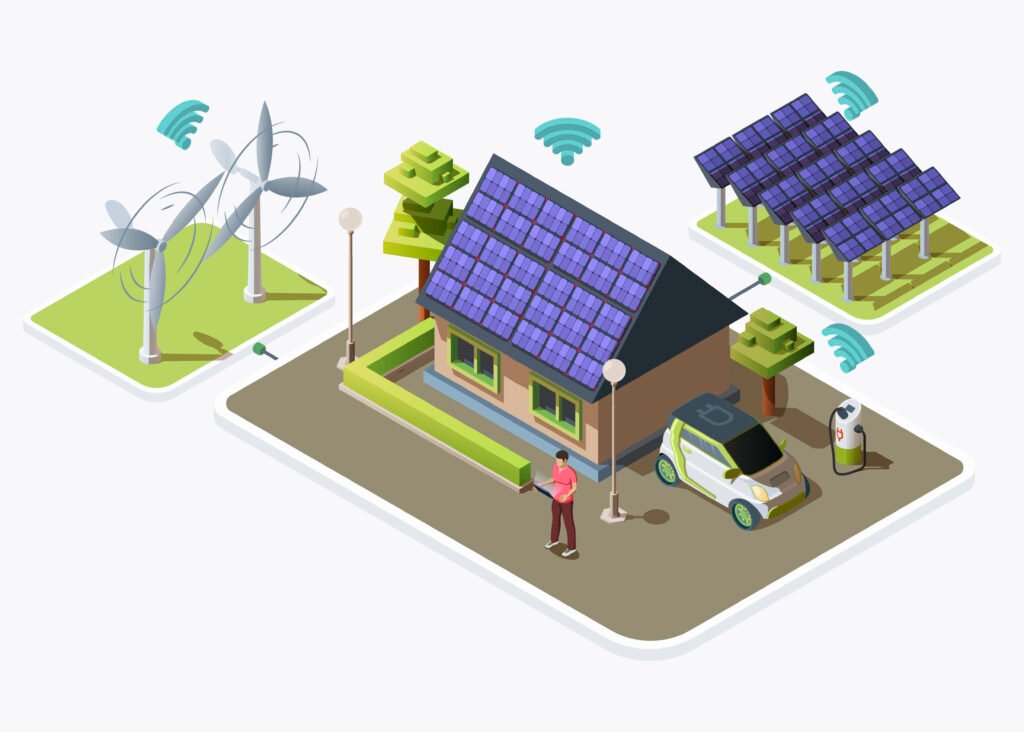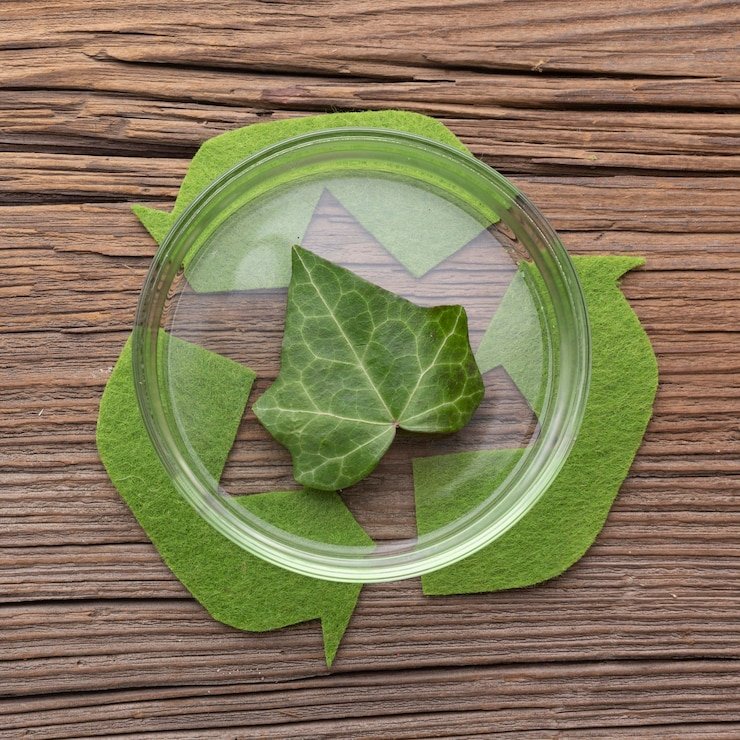Herewith, a peek into Critical Raw Materials (CRMs) substitution.
Driven by a range of factors, CRMs are increasingly under the substitution spotlight. However, due to various unique attributes, and real world factors, CRMs are often not easily substituted. Factors include CRMs tending to have relatively high risk supply chains, limited production, level of recyclability, and riskier production locations. In order to understand the opportunities and challenges, it’s important to look at a few examples:
For example, Antimony, which is used in flame retardants and lead batteries, has a wide range of applications, and like other CRMs, it fulfils a number of required technical requirements. Secondary research suggests that substitutes are available, for example in lead alloys, and apparently with limited loss of performance or additional cost. However, this is not the case for rubber and catalyst applications, where Antimony brings unique advantages in performance and cost. Another example, Cobalt substitution, is possible according to secondary research, but it is not implemented due to loss of performance. Substitution would impact performance due to the unique properties of Cobalt in, for example, superalloys, magnets and surface treatments. Moreover, Cobalt recycling is up and running, and growing. These are just two quick examples of CRM attributes and factors which may question switching away.
To address CRM supply risk, increasingly, solutions might include material recycling (https://mm-markets.com/critical-raw-materials-recycling/), reuse, and less use (minimisation) in application design.
Regulators worldwide, and for example in Europe under the CRM Act, are focussing on a range of materials that are increasingly identified as critical.
For further information, please contact www.mm-markets.com. Until next time!




